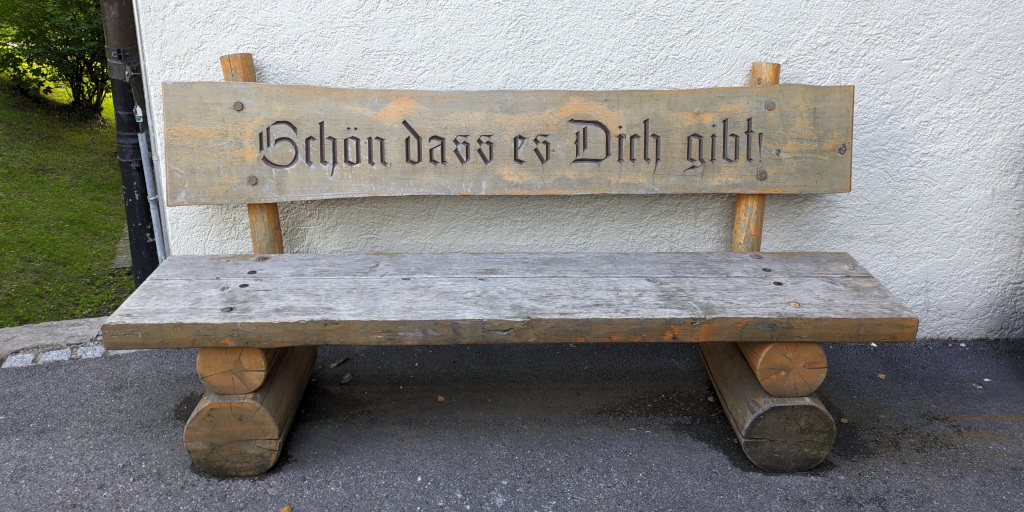Abstract: This is a teaching note for the free case “User-Generated Content Systems at Intuit(A)”, E-381(A), from the Stanford Free Case collection available at ECCH. The original case is a product management case in which Intuit, maker of consumer and small business financial software, faces the decision to “go social or not” for user help in its tax preparation software. The original case discusses the pros and cons of such a disruptive innovation. This teaching note provides pertinent questions to ask your students as well as my summary answers to these questions. I could not find an original teaching note hence I wrote this one. This is my first such note so any suggestions for improvement are welcome. The note is licensed CC-BY-SA 3.0; feel free to use it in your own teaching. The note’s home is my website. For attribution, please link to it.
Introduction: This case, in my interpretation, is about the failure of traditional market research methods when applied to disruptive innovation. Market research methods like focus groups, interviews and surveys, and usability labs only tell product managers about potential incremental improvements of a product. Market research is good for sustaining incremental innovation. Market research doesn’t tell a product manager whether a proposed disruptive innovation is just a crazy idea or the next big thing. For such an innovation, product managers need to turn to introspection, outsiders or experiments. Also, dealing with disruptive innovation is particularly hard for organizations like Intuit that are intensely customer focused. As the case reports, Intuit spends significant amounts of time and resources on usability labs. Ironically, coping and introducing disruptive innovation is much easier for engineering-centric organizations, but that is another case.
The teaching note is available as a PDF file and an ODT file. The original free cases can be downloaded from ECCH. For your convenience, here are PDFs for E-381(A) and E-381(B).








Leave a Reply